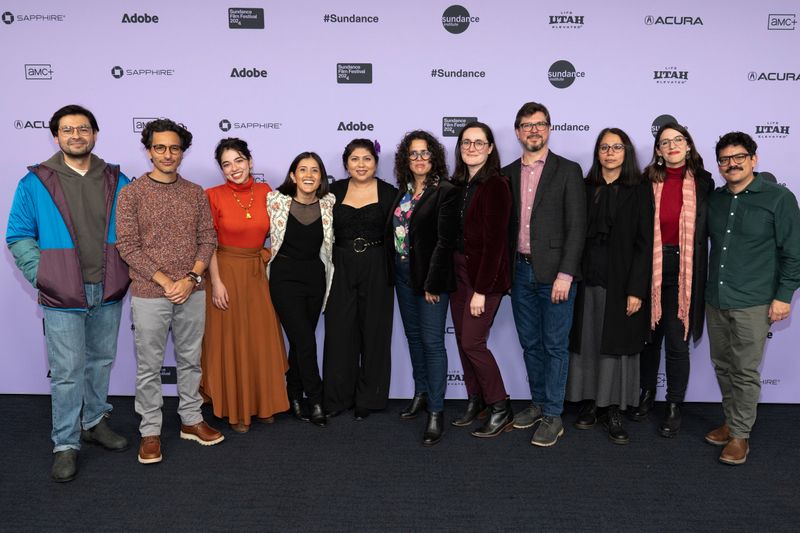(Suzanne Cordeiro/Shutterstock for Sundance Film Festival)
By Patty Consolazio
One of the magical things about film is its ability to bring to life the times, places, and people we would never otherwise experience. Though born over 100 years ago, renowned Mexican painter Frida Kahlo speaks so candidly, sharing her pain and passion, her body and soul, thanks to the masterful re-creation of her life story by Sundance alum Carla Gutiérrez and the crew of FRIDA, which premiered on January 18 at the 2024 Sundance Film Festival in the U.S. Documentary Competition.
“I’ve lived with this story for a long time,” said Gutiérrez in her post-premiere Q&A session, regarding her colleague’s suggestion to do a film on Kahlo. “I immediately went back to the books I read 20 years ago and I realized within two hours, there’s a lot of her words, so she can tell a lot of her story, and I haven’t seen a film really focus on her voice as we could do it.” Gutiérrez’s team did their research and came up with much more than they’d ever expected.

“That’s what surprised us, is that she could really, really carry this story. We thought we were going to [rely] on other people’s voices more, and then she just kept kind of like, pushing the other voices away… like, OK, Frida wants to talk. So Frida talks!”
As such, FRIDA begins with a promise: “Frida Kahlo left a rich testimony of her life in letters, writings, and her illustrated diary. These are her words.” And with that, we are invited to join the bejeweled, independent-thinking Kahlo as she exposes herself, inside and out, through her paintings — her longings and losses revealed in a beating heart; her anguish presented in facial expressions of anger and sorrow. After being badly injured in a bus crash, she spends months bedbound in the hospital, and painting becomes her vessel for self-expression. She paints herself because that is what she knows. Never, she vows, will she paint for glory.
As much as FRIDA is a story about the surrealist painter and her art, it also explores in vivid color Kahlo’s relationships with others. Her rebellious adventures with young men. Her expansive sexual life and romantic interludes. Her tender and tumultuous relationship with famed mural artist Diego Rivera. And her candid, profanity-laced comments about stupid rich people who speak nonsense and don’t buy her paintings.
Throughout it all, the pain from her accident would remain. But the pleasure from her painting would sustain her. As she shares in her writings, “Who would have thought that stains of color can come to life? And that they can help one live?”




